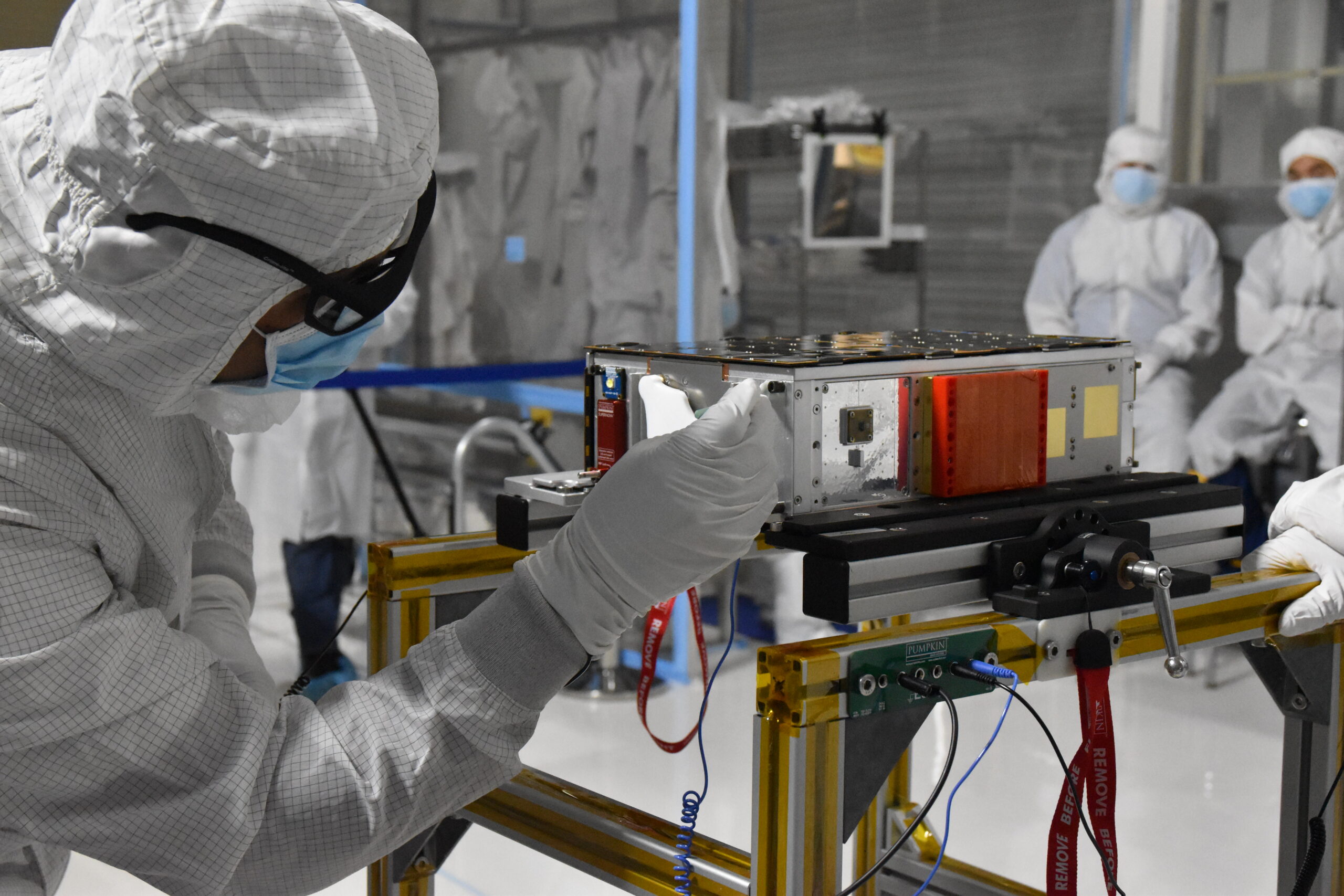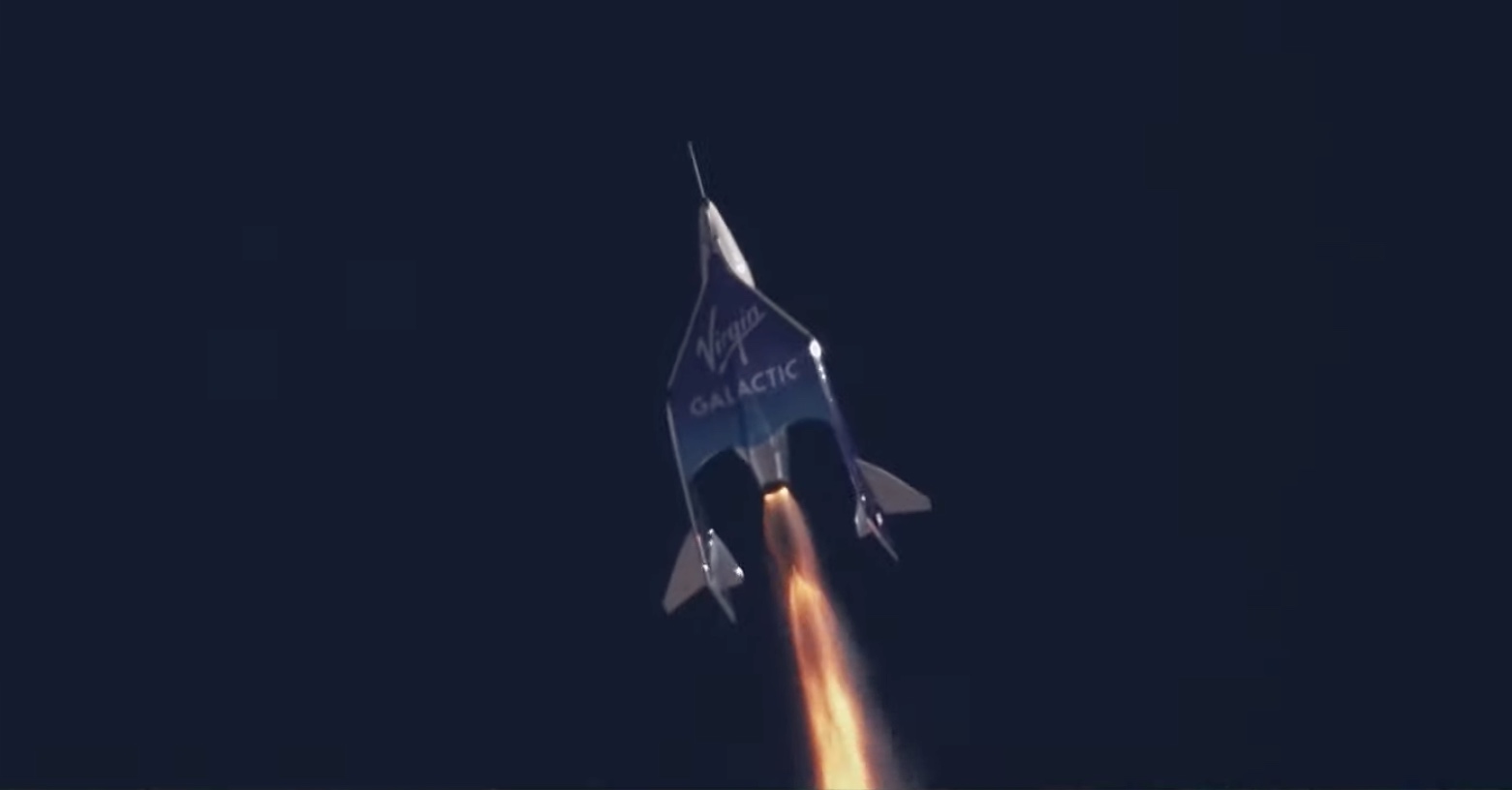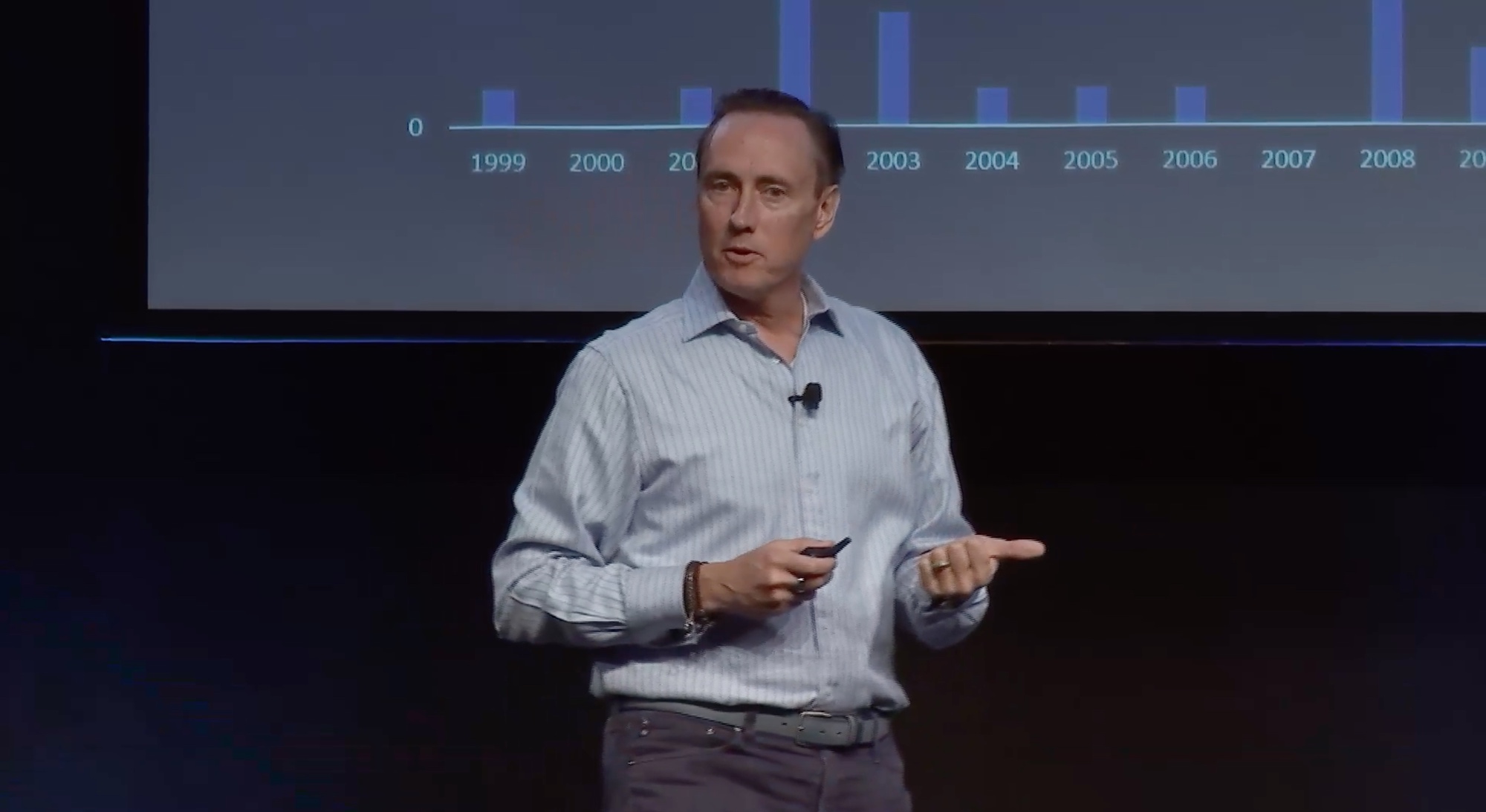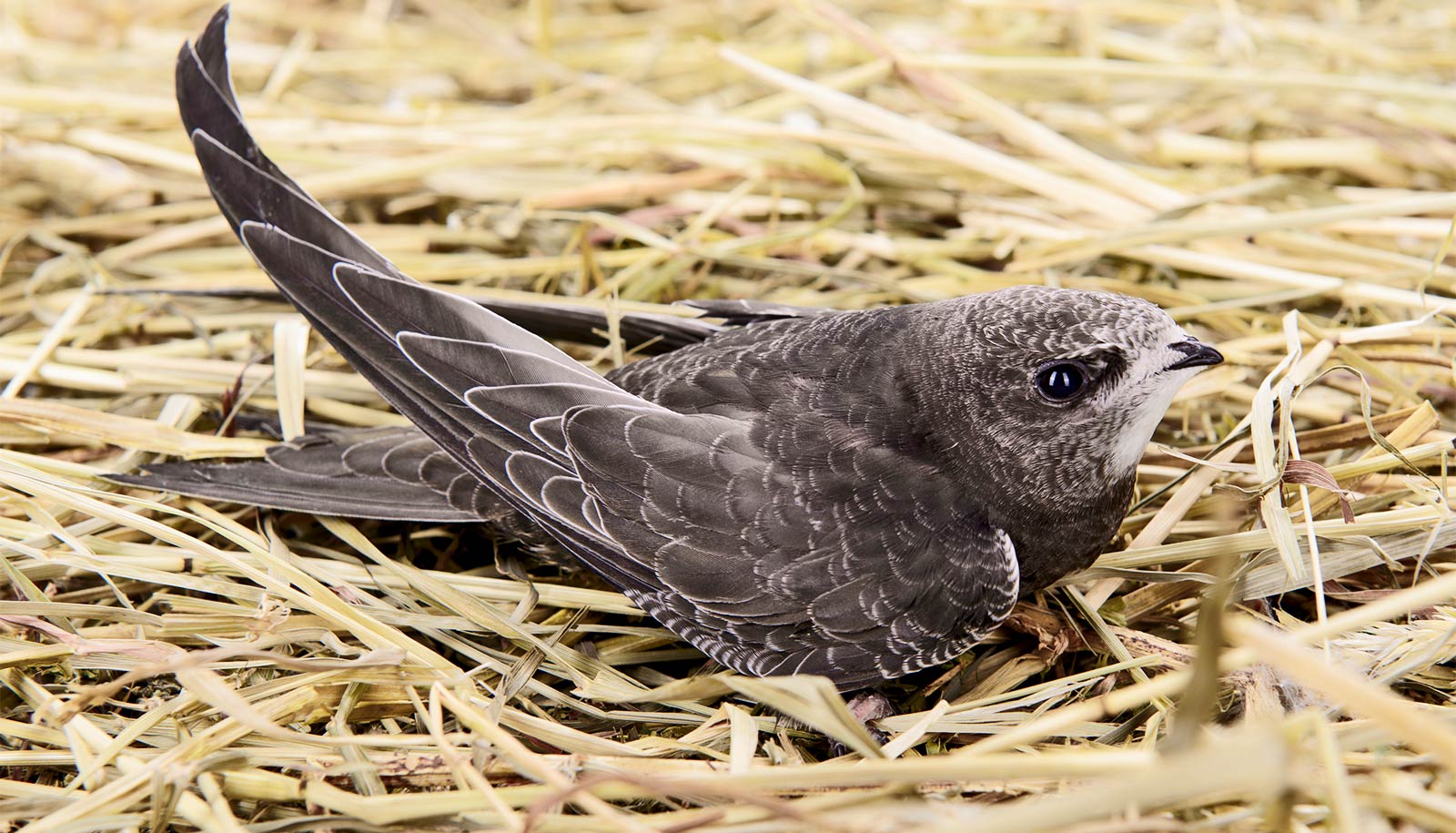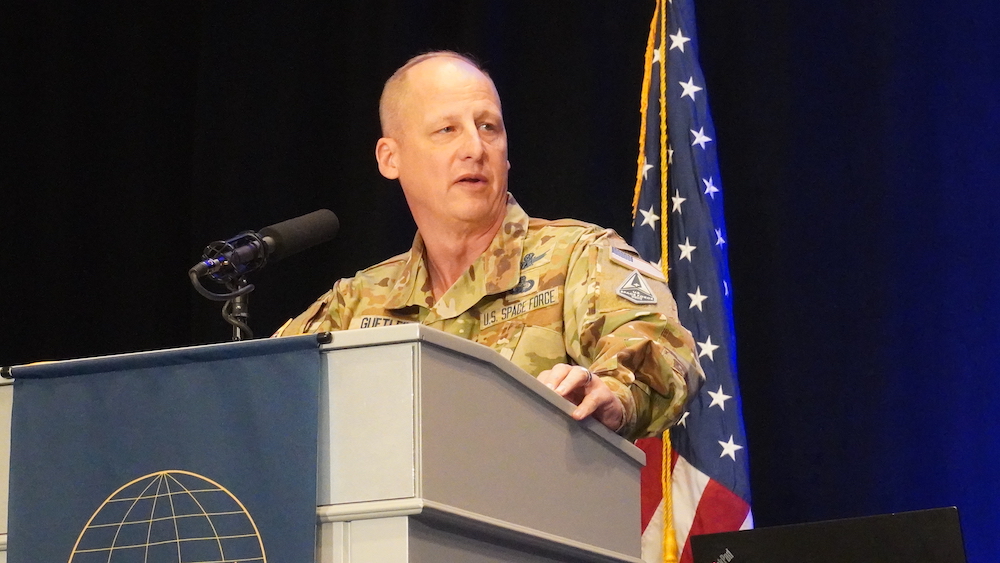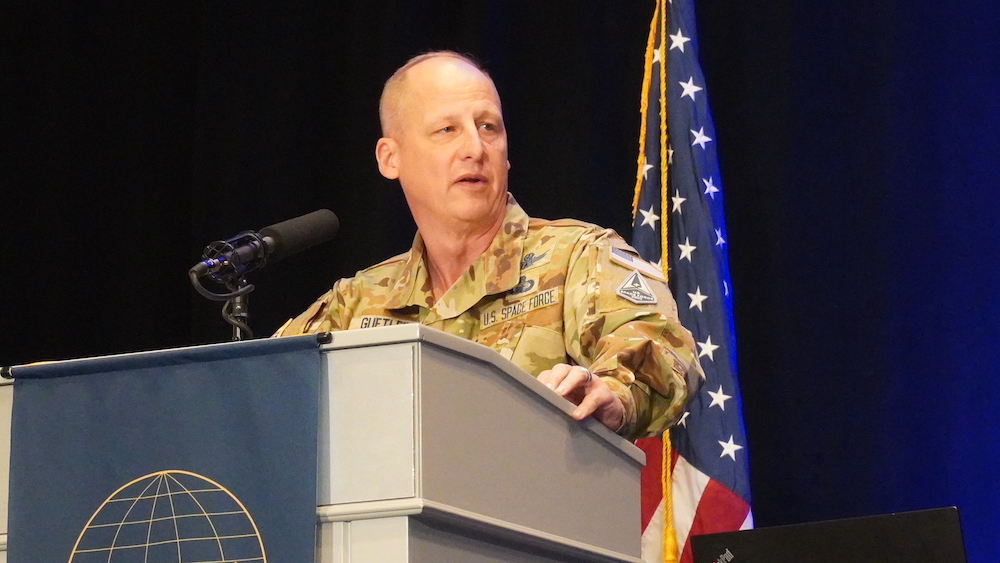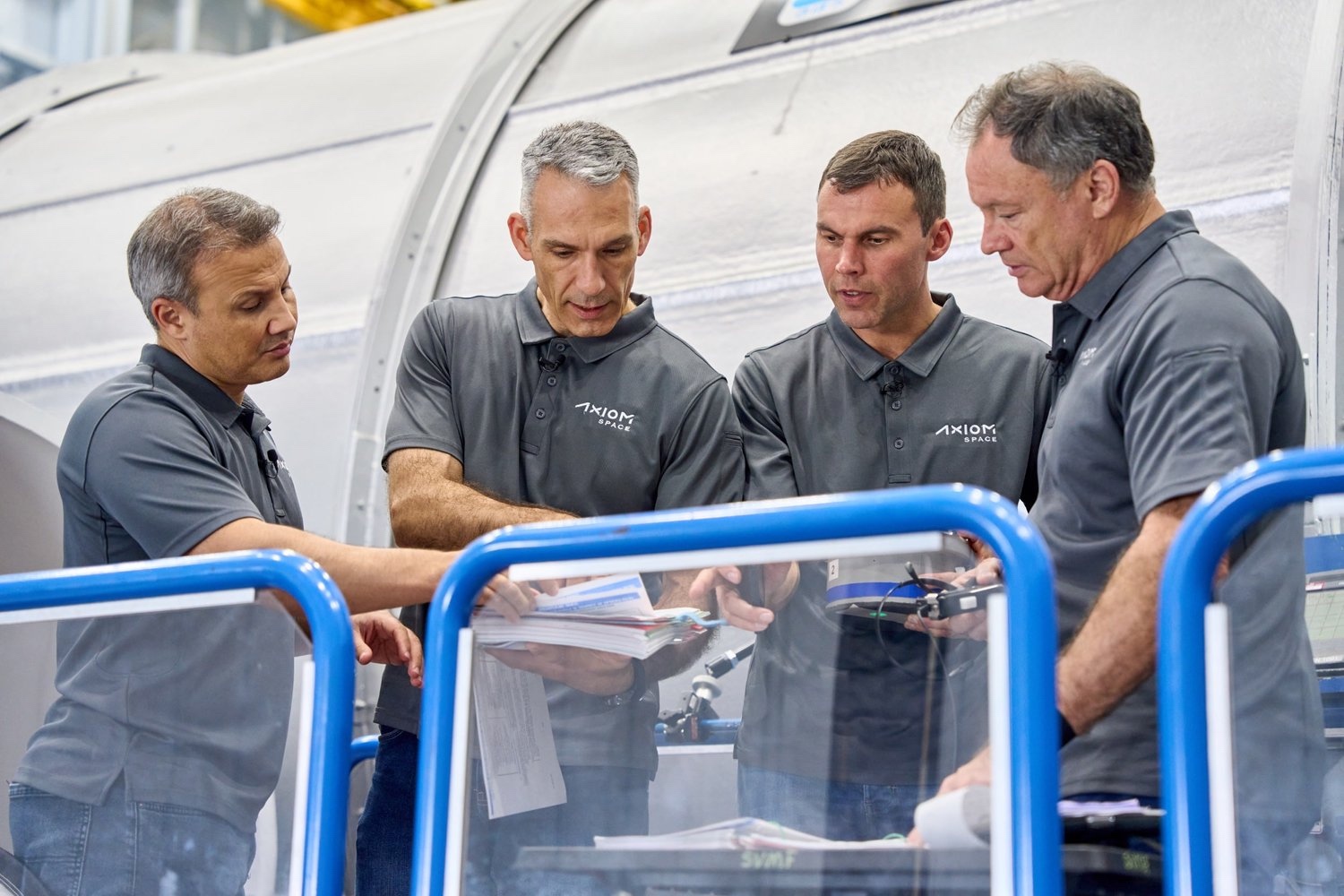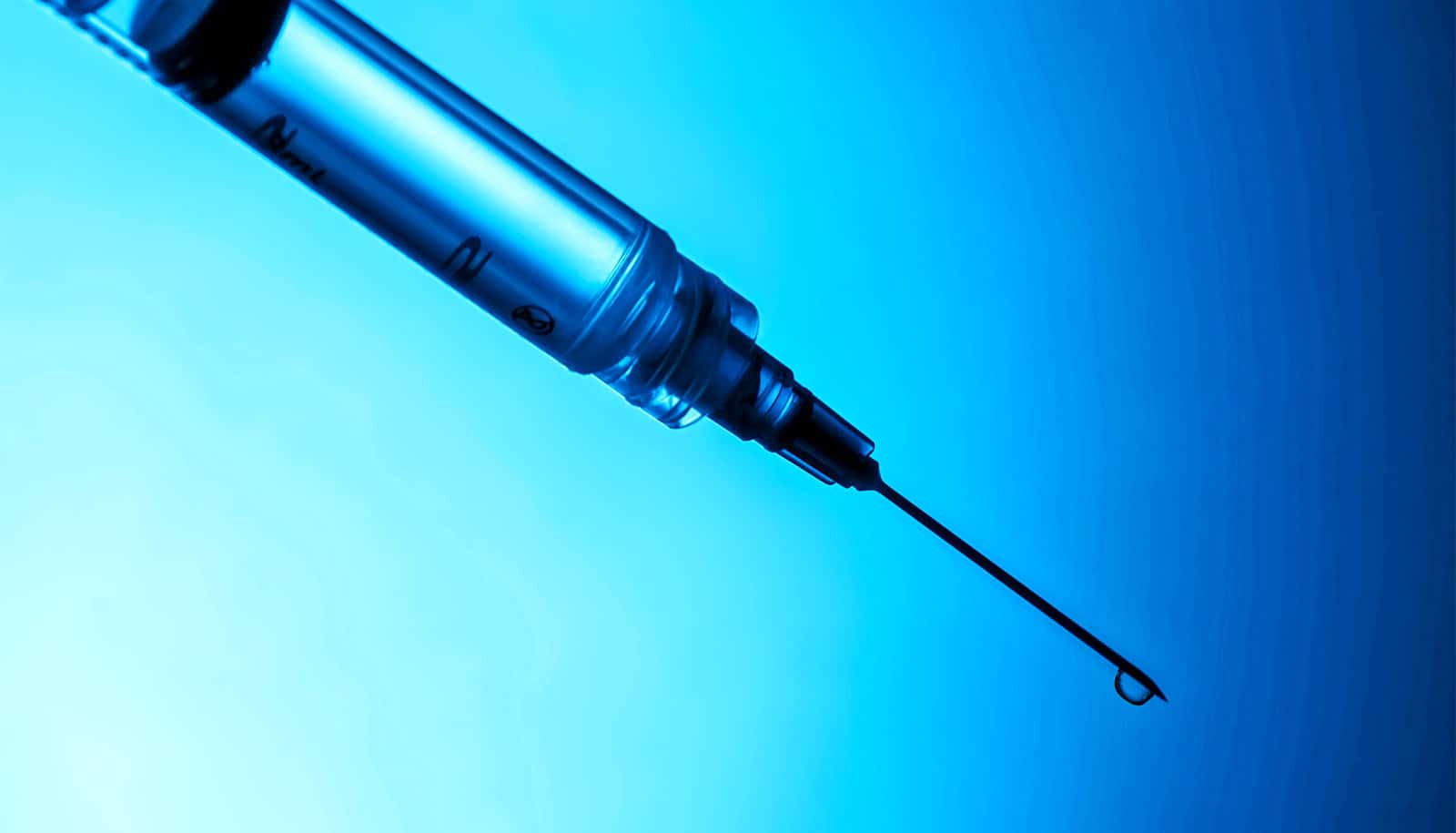WASHINGTON — Industry executives argue that SpaceX’s dominant position in the launch market is making it difficult for small launch vehicles to compete, as a prominent investor warns of a wave of bankruptcies among launch companies.
In a panel at the Satellite Innovation conference Oct. 17, executives said that SpaceX’s line of smallsat rideshare missions has had a “hugely chilling” impact on the small launch industry that struggles to compete on price.
“They definitely control and have a dominant position in the market,” said Curt Blake, former chief executive of launch services company Spaceflight who now leads the commercial space group at law firm Wilson Sonsini, of SpaceX. “I think the real question is pricing, and what is their cost, and why so low, so dramatically low?”
SpaceX started offering rideshare launch opportunities for smallsats as low as $5,000 per kilogram. The company has since raised those prices to $5,500 per kilogram and plans annual increases in future years. However, in most cases those prices are far below what dedicated small launch vehicles offer.
“I don’t think they had to go that low to have a commanding share of the market,” he said, estimating SpaceX could have gained significant business at prices of $10,000 to $12,000 per kilogram. “That had to have a hugely chilling effect on any other money flowing into startup launch companies.”
SpaceX’s Transporter line of rideshare launches has focused on missions to sun-synchronous orbit, where the bulk of demand is today, but the company announced in August a new series of missions, Bandwagon, that will go to mid-inclination orbits. “They are, little by little, taking over what the small launch vehicles are able to accomplish,” he said, adding there is still room for dedicated small vehicles for missions to different inclinations. “But you have to think of it as a threat.”
Concerns about SpaceX’s pricing of its smallsat rideshare missions are not new. At World Satellite Business Week in September, Marino Fragnito, senior vice president of the Vega business unit at Arianespace, said SpaceX was offering pricing that “was not sustainable” in the market, driving out other companies. “Launcher companies could not live with that level of pricing.”
“Is SpaceX squeezing other people out of the market? I think to a certain extent yes,” said Adam Spice, chief financial officer at Rocket Lab, on the Satellite Innovation panel. “It would be a bit naïve to think their strategies around rideshare aren’t very targeted towards limiting competition.”
SpaceX’s position in the market reduces “forgivable failure” by other companies, he said, and its approach is exacerbated by the difficulties many companies are facing raising funding even as SpaceX has “seemingly endless access to capital” in private rounds. “It makes that a very difficult entity to compete with, and they can do very unnatural things for long periods of time to make it difficult on everybody else.”
Other panelists said they were looking for niches for their vehicles as ways to remain competitive in the market. “The one-size-fits-all launch market isn’t necessarily the best way to go for the long terms in order to meet all the different government and commercial needs out there,” said Patrick McKenzie, director of government business development at Firefly Aerospace.
He cited the company’s success with the Victus Nox responsive launch mission for the U.S. Space Force, launched Sept. 14 on an Alpha rocket, as an example of such a capability not offered through rideshare launches. But, he added, those services still need to be cost competitive. “You’ve got to get your price down. You’ve got to compete at a competitive price.”
Pablo Gallego, senior vice president for sales and customers at Spanish launch vehicle developer PLD Space, said SpaceX has helped build demand for smallsat launches at those low prices. His company has received interest in the company’s Miura 5 small launch vehicle in development for dedicated missions that can’t be served by rideshare missions.
“The market is so big,” he said, allowing room for both dedicated small launch vehicles and low-cost rideshare missions.
Wave of bankruptcies
The market may not be big enough, though, to support many small launch vehicle companies. Earlier at the conference, Steve Jurvetson, co-founder of Future Ventures and an early investor in SpaceX and Planet, said he was puzzled by the large number of companies pursuing such rockets.
“You have a lot of companies chasing it. It’s not clear to what end,” he said, citing data that claimed nearly 200 small launch vehicles in various stages of development and operations, although nearly 50 of them are classified as either dormant or canceled.
Jurvetson expects many more would fail. “I sadly predict over 100 of them will go bankrupt in the next two years, and that’s going to put a pall on the investment domain for things like this or anything adjacent to it,” he said. “I think, unfortunately, there’s going to be a bit of a hangover in the investment community that may ripple through the whole space economy.”
He claimed that many investors in startups working on small launch vehicles were unaware of the scope of competition, many thinking there were no more than 10 other companies in the field. “It’s astounding,” he claimed. “It’s the weirdest delusion and lack of knowledge I’ve seen in the investment sector.”
In the later panel, Rocket Lab’s Spice took issue with some of Jurvetson’s data. “I think that’s a nonsensical number,” he said of Jurvetson’s estimate of the number of small launch vehicle companies. “This is just a difficult thing to do that to think that there’s 190 organizations that could pull it off, I don’t buy it.”
However, he agreed with predictions of a wave of failures. He noted that, at the SmallSat Symposium in February, he predicted a “bloodletting of aspirational launch companies” because of the technical and financial challenges companies face in developing small launch vehicles.
He said he “took a lot of heat” for those comments but feels vindicated because of what has happened in the industry since then. For example, at the February conference he appeared on a panel that included Virgin Orbit, which filed for Chapter 11 bankruptcy in April. Rocket Lab acquired that company’s headquarters and manufacturing equipment in a bankruptcy auction.
“There’s been a lot of bloodletting,” he said. “We’ve seen market cap destruction, from companies that have gone from billions of dollars of market cap to single millions or tens of millions.”
“People think that this business is going to be an upward curve to the right, everybody’s going to be successful,” he said. “It’s not that. It’s an incredibly difficult industry to operate in.”
Related

